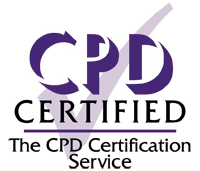Renal calculi can be managed according to four treatment options: conservative management, extracorporeal shock wave lithotripsy (ESWL), flexible ureterorenoscopy (FURS) and percutaneous nephrolithotomy (PCNL). Having addressed conservative management and ESWL in the last edition of Urology News, the second article...

